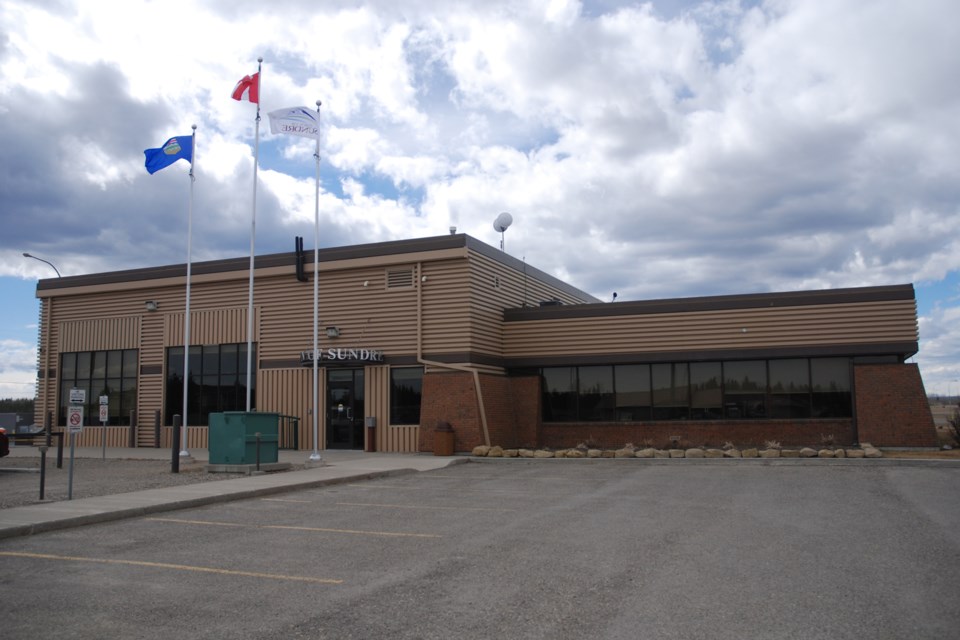SUNDRE – The Town of Sundre just barely missed the mark on only one non-critical performance indicator used by Municipal Affairs to gauge a municipality’s long-term financial viability.
Council heard during the regular Sept. 9 meeting an administrative report recapping the findings.
“Alberta Municipal Affairs annually reports a performance measure that identifies the percentage of municipalities deemed to ‘not face potential long-term viability challenges based on their financial and governance indicators,’” said Linda Nelson, chief administrative officer, reading from background information outlined in the agenda.
“This performance measure is used as a benchmark for measuring the ministry’s efforts to ensure Albertans live in viable municipalities and communities with responsible, collaborative and accountable local governments,” said Nelson.
The performance measure is determined based on an analysis of 13 municipal indicators, each of which has a defined benchmark, she said, adding that municipalities are not deemed to face potential long-term viability challenges provided they do not flag a critical indicator or three or more non-critical indicators.
“Sundre did not meet the threshold for one of the non-critical indicators,” she said, going onto cite the 2023 tax collection rate indicator.
The expectation as outlined by the ministry is for a municipality to collect a minimum of 90 per cent of any given year’s tax levy, she said.
“The 90 per cent minimum indicates the municipality is able to collect its tax revenues and use those funds to meet budgeted commitments and requisitioning obligations,” she said.
“And our collection rate (in 2023) was 89.22 (per cent),” she said.
As part of the process, the province offers municipalities an opportunity to provide additional rationale or comments added to the record for missed indicators.
“Our response to the one non-critical is as follows: the town confirms that it adheres to the Municipal Government Act regulations as they relate to the issue of unpaid taxes and initiates each allowable action as soon as it is reasonable to do so,” she said.
“Specific to 2023, there was one high-valued industrial property whose unpaid 2023 property tax levy accounts for approximately 53 per cent of the total unpaid 2023 levy,” she added.
“Excluding the single property from the calculation would have resulted in a 2023 collection rate of approximately 95 per cent,” she continued.
“As the property ceased activity in 2023, the 2024 assessment value has been reduced and the town anticipates achieving a 2024 tax collection rate indicator above the 90 per cent threshold,” she concluded, seeking a resolution from council to accept the report as information.
So moving, Coun. Jaime Marr said the item had been clearly presented to council by administration last spring and that she was not concerned.
Mayor Richard Warnock asked whether there would in turn be a follow-up reply from the province.
“Do we get a response to our response, or do they just file it and we hear nothing,” he said.
“They will just put it on the municipal indicator dashboard,” answered Nelson.
Marr’s motion carried unanimously.




